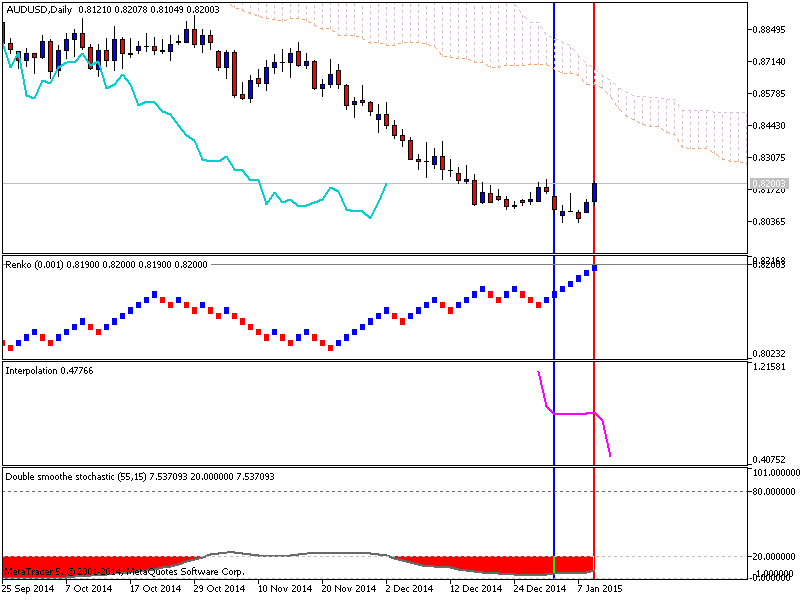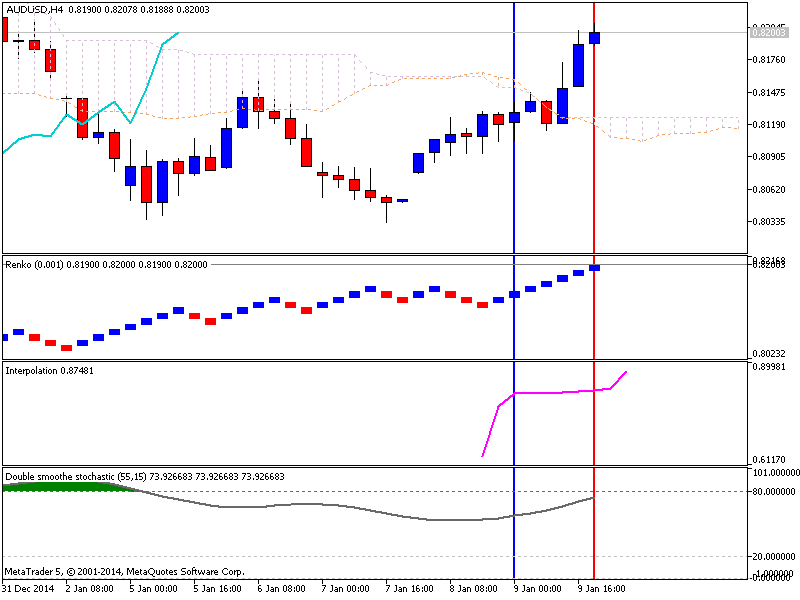AUD/USD Fundamental Analysis January 12, 2015 Forecast
The AUD/USD is trading at 0.8142 up by 19 points as the US dollar eases. The currency should have fallen when retail sales printed below expectations but it saw little reaction. The Aussie jumped above the 0.8100 level on Thursday following the release of surprisingly strong figures showing approvals for the construction of new homes had risen 7.5 per cent in November. The currency was also being supported by lower oil prices while concerns over the Eurozone were driving investors towards the Aussie dollar. The euro was in rapid decline as investors seeking better returns favored the Aussie and kiwi currencies. Commodity currencies are beginning gain momentum as traders look for safe places to invest with the JPY worrisome at present.
This morning data showed a significant drop in China’s PPI index while CPI met expectations. Slowing consumer demand has been hurting Chinese companies already suffering from thinning margins, and it looks like the pain isn’t ending any time soon.
These numbers are key for tracking a potential global demand slow down, and economists are especially worried about that since deflation has taken hold in Europe officially. In China, economists like Societe Generale’s Wei Yao are especially watching PPI. PPI tells us how much money producers are getting for their goods.
the source


 LinkBack URL
LinkBack URL About LinkBacks
About LinkBacks








 Reply With Quote
Reply With Quote

Bookmarks